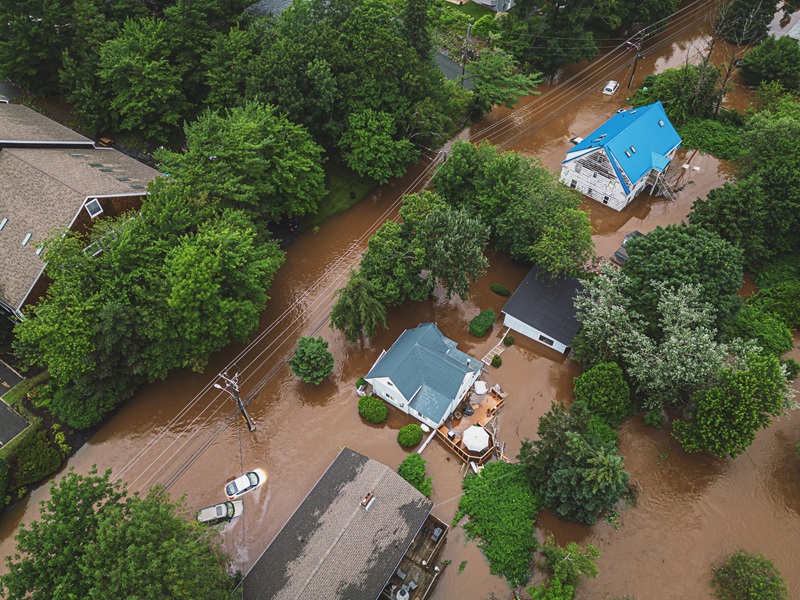Why personal property results should concern insurers

Even though overall financial results for the Canadian P&C insurance industry were only slightly worse in 2023 compared to the previous year, personal property lines should raise concerns for underwriters, according to a new report from the Property and Casualty Insurance Compensation Corporation (PACICC).
The latest issue of PACICC’s Solvency Matters reported the overall Net Insurance Service Ratio (NISR) in personal property lines was 111.6%. This means homeowners’ insurance was an overall drain on the capital base of Canada’s P&C insurers through the first nine months of 2023, wrote Grant Kelly, PACICC’s chief economist and vice president of financial analysis and regulatory affairs, in the article, Reverting to the mean.
“This is, in large part, due to catastrophic losses, which have already exceeded $3 billion in 2023 (according to CatIQ),” Kelly wrote. Catastrophe Indices and Quantification Inc. said at the beginning of the year the industry paid out more than $3.1 billion in claims related to NatCats for the second year in a row.
NISR is similar to the loss ratio under IFRS 4, but the new calculation method will generally produce higher numbers. It now includes acquisition expenses, factoring in commissions and reinsurance, as well as the impact of onerous contracts, Kelly said.
PACICC used 2023 Q3 results for Canadian insurers reporting under the IFRS 17 insurance accounting standard. Although PACICC was not able to compare all performance ratios to prior years, it found the overall analyzed results were a bit worse.
Insurance Revenue grew a healthy 8% compared to the same period in 2022, but Insurance Service Expenses grew by 9.1%. This led to a small 1.6%, or $94 million, decline in the industry’s 2023 Insurance Service Result, the new name for what was previously called Underwriting Income.
But “personal property was clearly an outlier through the first nine months of 2023,” Kelly wrote. By comparison, NISR was 92.6% for auto insurance, 86.6% for commercial property and 80.2% for liability coverages.
“This means that, after including operating expenses, the auto insurance line of business also likely drained the capital base of P&C insurers,” Kelly wrote. “However, commercial property and liability insurance lines positively contributed to the capital base of P&C insurers thus far in 2023.”
Another key trend involves investment results. One year ago, investment results hit an all-time low, as the industry’s bond portfolios were negatively impacted by the increase in interest rates. This trend has since been reversed, and Canada’s P&C insurers are back to reporting normal levels of positive net investment results.”
Over the first nine months of 2023, P&C insurers reported a return on investment of 2.7%. By contrast, over the same period in 2022, the industry’s return on investment was -2.2%. This represents a $1.8 billion swing in industry profitability, Kelly said.
As well, abnormally high industry returns have reverted to the mean, as PACICC previously predicted. Through the nine months in 2023, the annualized return on equity (ROE) has fallen to 11.5%, “very much in line with the industry’s pre-IFRS 17 long-run average ROE,” Kelly wrote.
Between 1975 and 2022, the industry reported an average ROE of 10.5%. Results for the first nine months of 2023 show the year was shaping up to be an ‘average’ year (at best) for Canada’s P&C insurers, Kelly wrote.
Feature image by iStock.com/shaunl







